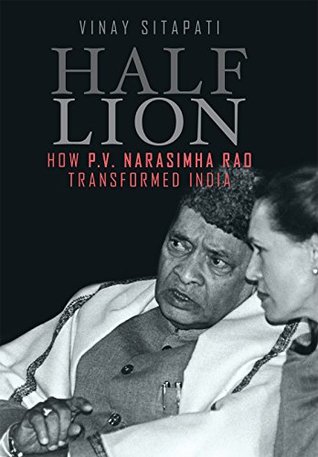More on this book
Community
Kindle Notes & Highlights
Read between
October 30, 2020 - January 16, 2021
‘A rock pile ceases to be a rock pile the moment a single man contemplates it, bearing within him the image of a cathedral.’
‘Desperate maladies call for drastic remedies,’
To avoid the traps set for a lion, he had learnt to tread like a fox.
freeing domestic entrepreneurs from state control was the single most important economic decision he would make.
Sarvanashe samutpanne ardham tyajati panditah.’60 (‘Faced with total ruin, the wise settle for half.’)
Victor Hugo once said, “No power on earth can stop an idea whose time has come.”’
In a single day, Narasimha Rao and Manmohan Singh had done more than anyone to dismantle the three pillars of the licence raj: monopolies for the public sector, limits on private business, and isolation from the world markets.
Scattered through the Arthashastra are a range of upayas (techniques) to prevail upon the enemy.2 These are sama, dana, bheda, maya, upeksa, danda—concessions, bribery, division, trickery, indifference, and finally, punishment.
‘Those who wear the shoe and know where it pinches should have full say in deciding how to mend it.’
India is the only country moving directly from agriculture to services, bypassing manufacturing.
In many ways, Rao’s inability to ‘make in India’ ranks as his single biggest economic failure.
This ability to assess the situation and play mouse, lion or fox—as need be—was Rao’s paramount political skill.
Rao’s idea of India was one that was open for business, sought to pragmatically shape the world order, pursued soft as well as hard power, stayed centralized while being sensitive to federal concerns, and used large social schemes to improve the lives of its marginalized.


